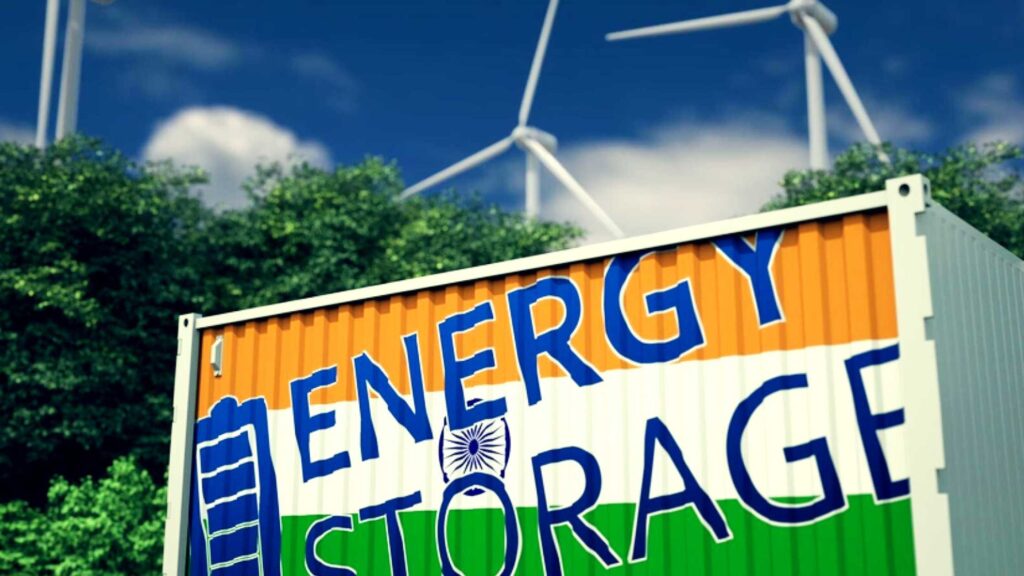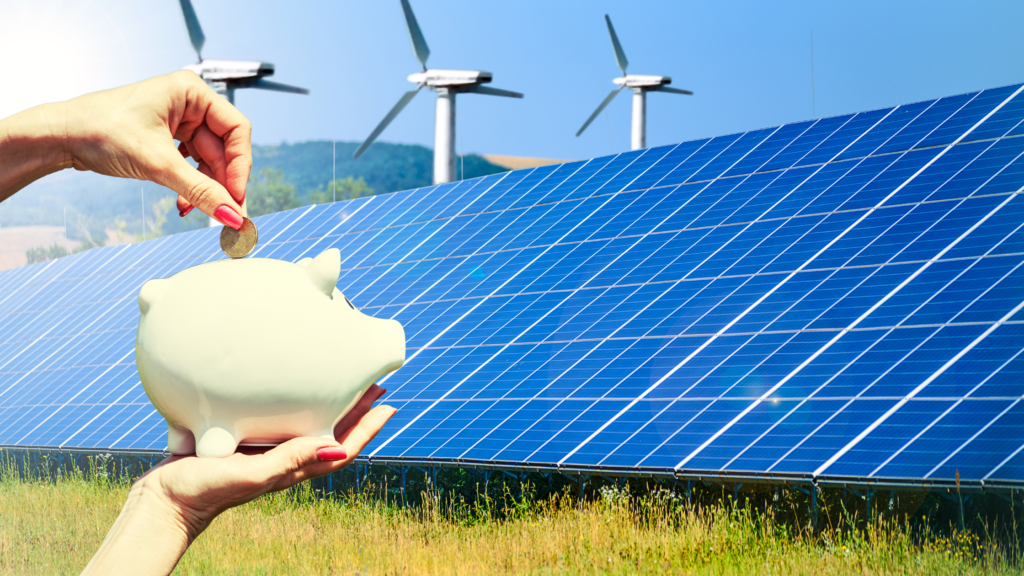With the development of technology, sustainable choices are needed much more than before. One source which remains untapped is ocean energy. Vast bodies of water have endless possibilities. One of its possibilities is ocean thermal energy. The energy is in warm surface water compared to cold water in the deep. This can allow us to generate clean electricity at all times throughout the year. The innovative technology is referred to as ocean thermal energy conversion (OTEC). Candidly speaking, our outlook towards energy components needs a drastic shift using OTEC.
About Ocean Thermal Energy
Ocean thermal energy can be referred to as abilities of oceans. The oceans hold bundles of energy. Every electricity power comes from a single source: sunlight. The better the hydrosphere is, the more cold water there is in deeper regions. The ocean’s central region acts as a source point when sunlight hits. With ocean thermal energy, we can receive free and clean power generation through OTEC. This energy creation is able to generate incredible sources of power in the future.
As of now OTEC technology is at its infancy but the future looks very bright. With the aid of this technology, whole world can invest in ocean thermal energy, as it’s a cost effective source. The survival of humanity relies on transforming natural resources into energy sources. Ultimately, we can look forward to a cleaner world with greener mountains, pure oceans and less polluted cities.
More reliable renewable power sources can include, hydrogen energy, wind and entreaty offer cleaner ways to lower emissions to help heal the world eco-friendly.
Mechanics of Ocean Thermal Energy Conversion (OTEC)
The operation of ocean thermal energy conversion systems relies mainly on the heat exchange between the warm surface seawater and the cold deep ocean seawater. Ocean thermal energy conversion systems can be divided into three major categories:
-
Closed-Cycle OTEC
This system uses a working fluid of low boiling point, for example, ammonia. The seawater surface heat warms the fluid in the heat exchanger, where it vaporizes and drives a turbine connected to an electricity generator. The vapor produced in this process is later condensed by the cold seawater from the deep ocean and is recirculated into the environment.
-
Open-Cycle OTEC
This cycle has more seawater pumped directly into the working fluid. It is the warm surface seawater that is put into the low-pressure container that boils it rapidly into steam. This steam would spin a turbine, thereby generating electricity for use in public utilities. Then the steam in question would be partially turned into liquid using seawater as a coolant.
-
Hybrid-Cycle OTEC
An OTEC hybrid system integrates two cycles of operation, open and closed. Warm seawater vaporizes the working fluid, and the steam produced can also be turned into freshwater through condensation. This method generates electricity alongside the production of freshwater, making it more efficient than other systems.
It is advisable to select ocean thermal energy conversion systems based on specific geographic and socio-economic complexities including environmental factors since the systems have their distinct merits and possible uses.
The Immense Potential of Global Thermal Energy
The ocean thermal energy still has considerable unutilized power which could only be harnessed. Some estimates suggest these vast water bodies capture almost 80 percent of energy, capable of being used as ocean energy, during its isolation on the earth’s surface.
Terrestrial regions such as India, Japan, Philippines, Indonesia and Caribbean island states along with Pacific islands would benefit nationally as well as globally by allowing utilization of ocean thermal energy resources due to the region’s temperament contrast of surficial waters and underlying waters.
You Can Also Read: Net Metering: How it Powers a Sustainable Future
Merits of Ocean Thermal Energy
Some identifiable merits of oceanic thermic energy include but are not limited to the following:
-
Can Be Renewed
Ocean thermal energy is dependent on certain factors like solar heating and ocean currents which facilitate the addition of temperature to the water body and thus is renewable.
-
Environment-Friendly
The process of turning ocean thermal energy into electric energy releases no gasses or waste substances that poison the atmosphere making it harmless to the environment.
-
Continuous Supply of Power
Thermal energy from the ocean has an advantage over both wind and solar energy because it’s accessible around the clock, making it reliable and easy to predict.
-
Multi-product Output
As well as producing electricity, OTEC systems can generate fresh water through desalination, produce hydrogen fuel, and enable aquaculture farming by forming deep ocean waters abundant in nutrients to support rich marine life.
-
Energy Security
The use of ocean thermal energy can improve energy security, especially for island countries, by lessening reliance on fossil fuels and foreign energy sources.
Limitations with Ocean Thermal Energy
Despite the potential advantages, there are a number of challenges associated with ocean thermal energy conversion.
-
High Initial Costs
Substantial amounts of capital are needed for the construction and installation of OTEC facilities, particularly offshore ones. Bringing cold water to the surface through pipelines is especially costly.
-
Technological Hurdles
Efficiently controlling temperature differences and protecting underwater structures from failure are constant engineering battles.
-
Environmental Impact
There are potential ecological effects from the intake and discharge of seawater, which, while small, require careful management.
-
Restriction by Geography
These systems can only be used effectively in tropical regions because they are least efficient in temperate or polar areas where there is a low temperature difference.
-
Less Investment due to Lack of Awareness
In comparison with other renewables like wind and solar energy, many investors and governments are still in the dark when it comes to the potential benefits of ocean thermal energy.
Accomplished Ocean Thermal Projects
To validate and test the technology, various nations have engaged in ocean thermal energy conversion projects.
- Since the 70s, Japan has been at the forefront of ocean thermal energy research, establishing advanced pilot plants.
- Several OTEC demonstration projects have been undertaken by the Natural Energy Laboratory of Hawaii Authority (NELHA), which is based in Hawaii.
- Offshore OTEC plants in Lakshadweep and other coastal regions have been proposed by India.
- Floating ocean thermal energy platforms are of interest to Martinique and some of the neighboring Caribbean countries for use in power generation.
These pilot projects have demonstrated the ability of ocean thermal utilization technology to be developed into a generation resource.
Growth Potential in Ocean Thermal Energy
Ocean thermal energy will most likely become the focus of attention as the world starts shifting towards clean energy. The creation of ocean thermal energy conversion systems will be driven by new technological advancements, lower costs, and higher demand for renewable energy options.
The future potential of OTEC systems could be more efficient, fully automated, and reactive to changing environments with the addition of digital technologies such as AI and the IoT. Depending on the rest of the ocean, combining ocean thermal energy with other ocean sources, such as tidal or wave energy, could develop hybrid marine energy systems, improving overall energy reliability and diversifying the available energy mix.
Conclusion
Ocean thermal energy is an underused resource but makes it into the most promising sources in renewable energy. The development of ocean thermal energy conversion systems makes it possible for us to generate clear, stable, and renewable energy by taking advantage of the substantial temperature differences present in our oceans.
The changing climate along with the need to devise a sustainable power source makes investing in ocean energy a necessity—particularly for ocean thermal energy. The waters that have served as life support on this planet can further enable us with the fuel to drive the future.
This requires us to venture further towards exploring the ocean for thermal energy to harness its potential for decades to come.


